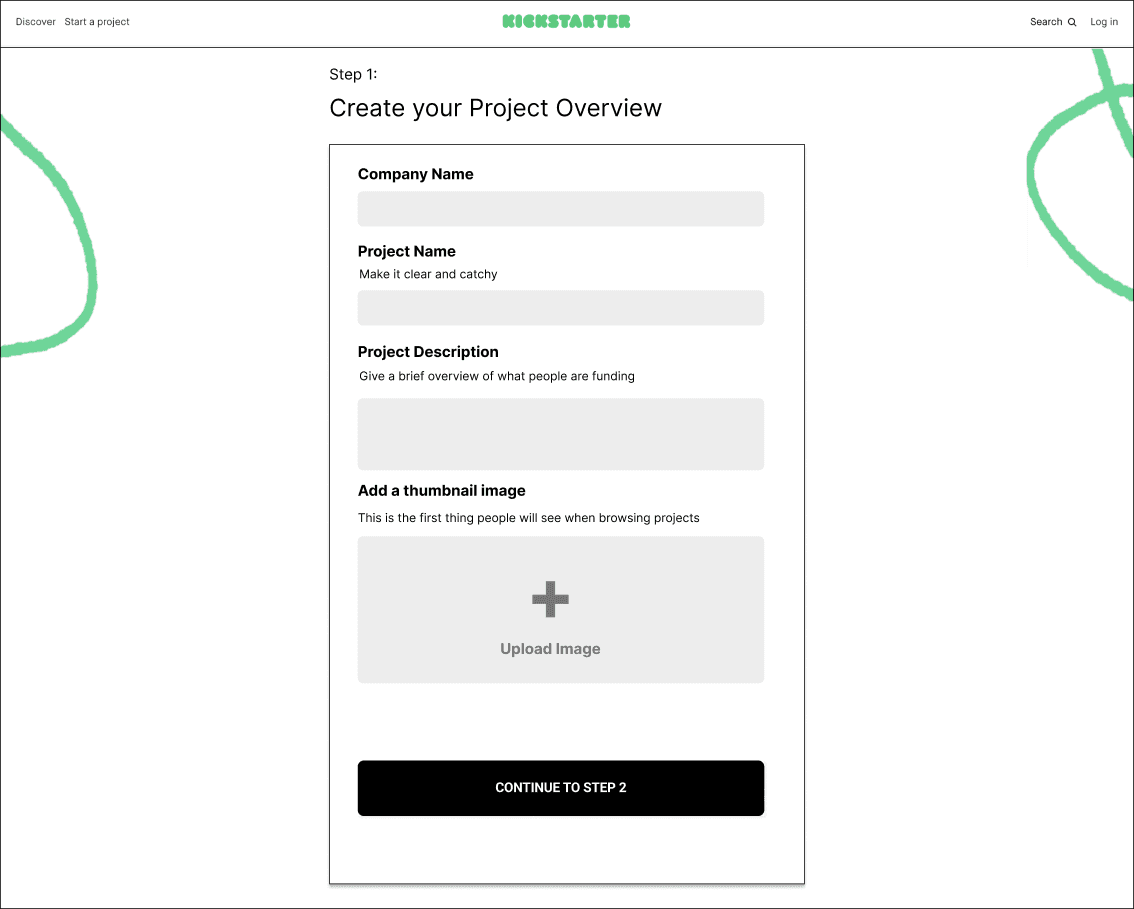Home
>
Works
>
Quest Board
Case Study
Introduction
There always seems to be a few games that players look back and play repeatedly. However, they eventually end up being bored due to replaying the game heavily. Quest Board features community driven challenges offering endless ways to replay a gamer's favorite video game.
Background and Summary
I created an application to encourage users to play their old video games. Quest Board delivers endless community generated content in the form of "Quests".
Quests act as self-imposed challenges to offer endless replayability possibilities with user generated content.
Project Information
Client
Personal Project
Team & Role
Solo UX Designer
Timeline
March 24' (2 Weeks)
Deliverables
Prototype
Defining the Problem and Setting Goals
Screen provided to me for the redesign contest. Static image ONLY.
Problem Inspiration
I've always enjoyed coming back to old games because of the gameplay. However, I found myself getting bored because, I already knew the plot and how to beat the game easily. I wanted to find out if other people have this issue; and if so, how can we make old games fun to play again?
Initial Problem
Discover how to add replayability to increase enjoyment and engagement time on previously completed video games.
Initial Project Goals
Research
I started with research in order to determine why users stop playing a game that they previously enjoyed. The gathered insights and opinions guided me through the ideation stage.
User Research
Discovering the problem with replayability
Pain Point 01
Having Previous Knowledge
57% of the reasons stated, knowing what happens in a game results (where enemies spawn, item locations ect.) in players losing interest in replaying a game.
Pain Point 02
Completing the Story
44% of the reasons stated, that players feel no incentive to replay the game after completing the main storyline - including side quests and secrets.
Pain Point 03
A Lack of Challenge
24% of the reasons stated, that replaying the game (even in hardest difficulties) results in a loss of interest due to lack of difficulty.
What it all comes down to…
The pain points all feature a lack of variability and challenge. A lack of new experiences hurts the replayability of users, causing them to drop a game they enjoy.
The data gathered from my research brought insight onto what the user wants in order to enjoy a game again. I transformed the wants into user needs to narrow down my focus during ideation.
User Wants
Gameplay Variability
A user WANTS to enjoy a particular game for various reasons. However, the game lacks variability and end up not playing.
User Needs
Replayability to Games
Some games feature no replayable elements. However, the user NEEDS replayability to enjoy a game.
User Story
Danny WANTS to replay Super Mario 64 for nostalgia and he loves the gameplay.
He KNOWS all the levels and secrets the game has to offer.
Danny ends up NOT PLAYING the game but, really WANTS to. He NEEDS to find a way to make the game replayable.

The Problem
I needed to form the problem and goals to ideate on the right solution.
Problem and Goals
Users want game variability and need to add replayability to their games. However, I needed to ideate on ways to deliver the solution.
Provide a solution to add replayability to games users have replayed.
Align users needs with business needs.
Case Study - Specific Context
Why include business prospects on a conceptual personal project?
I wanted to approach this case study to learn and understand the product design process. Ideating on how a product aligns to user and business needs helped simulate the real life process as much as possible.
Ideation
With tangible problems provided; I chose to ideate on solutions.
Main Pillars of the Product
Transforming the pain points into resolutions formed the core pillars of the product. By forming the resolutions the goal was now fixated on deliver them.
Resolution 01
Resolution 02
Users don't feel incentivized after completing the story. Adding ways to add incentive helps form replayability.
Resolution 03
Adding challenges to a game reduces monotony and form new goals for users to work towards to.
Using Field Research to Build Inspiration
Field Research
I looked into researching how others approach the problem. I discovered speedrunners indirectly solve the problem with adding replayability — even to old games such as Super Mario 64 (1996).
Why take inspiration from the speedrunning community?
User generated challenges brings new experiences not intended originally.
Adds challenges that encourages users to beat.
Adds incentive in the form of leaderboards.
Using Wireframes to Build the Product
A feature built upon the resolutions and inspiration.
A new experience for every playthrough by providing self imposed challenges.
Gamification-esque to provide incentive to complete.
User generated content provides an endless stream of new challenges.

Build Engagement with Positive Reinforcement
User generated content requires a community - giving me the idea of adding social media. Understanding how to implement it gave rise to the idea of positive reinforcement to drive product growth.
Visual Design Ideation
Final Solution
A experience designed to motivate and help users get started on a Kickstarter.
Reflections
Thank you for reading!!
This is a look into lessons learned from the project. I also explore into what I could have done different if I had more time.
Learnings
Applying Assumptions
Interaction Design
Taking the user feedback and translating it into an interaction design. I learned how to create elements that enhance the interaction rather than a redesign.



